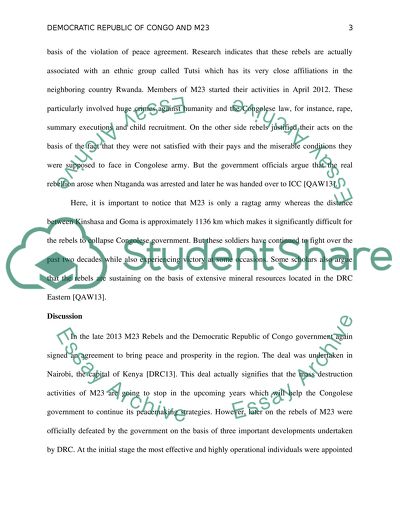Cite this document
(“Democratic Republic of Congo & M23 Research Paper”, n.d.)
Retrieved from https://studentshare.org/social-science/1649218-democratic-republic-of-congo-m23
Retrieved from https://studentshare.org/social-science/1649218-democratic-republic-of-congo-m23
(Democratic Republic of Congo & M23 Research Paper)
https://studentshare.org/social-science/1649218-democratic-republic-of-congo-m23.
https://studentshare.org/social-science/1649218-democratic-republic-of-congo-m23.
“Democratic Republic of Congo & M23 Research Paper”, n.d. https://studentshare.org/social-science/1649218-democratic-republic-of-congo-m23.


